Best Timing for Dormer Installations
Spring offers moderate temperatures and longer daylight hours, making it a popular time for dormer projects. Weather is generally predictable, reducing delays.
Summer provides warm weather and dry conditions, ideal for exterior work. However, high temperatures can sometimes affect material handling and curing times.
Early fall combines favorable weather with cooler temperatures, allowing for comfortable working conditions and minimal weather-related disruptions.
Late fall and winter are less common for dormer installations due to increased risk of snow, ice, and freezing temperatures, which can delay construction and affect materials.

Ways to make Dormer Installations work in tight or awkward layouts.

Popular materials for Dormer Installations and why they hold up over time.

Simple add-ons that improve Dormer Installations without blowing the budget.

High-end options that actually feel worth it for Dormer Installations.

Finishes and colors that play nicely with Dormer Installations.
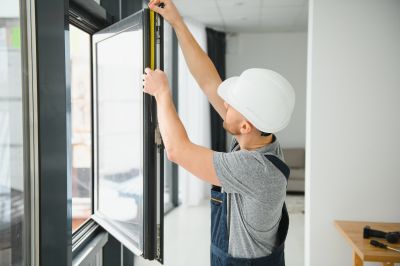
Little measurements that prevent headaches on Dormer Installations day.
Dormer installations enhance the usability and aesthetic appeal of a roof, often adding extra space and natural light to upper-floor rooms. Proper timing ensures that weather conditions do not compromise the integrity of the work or delay completion.
Statistically, projects scheduled during spring and early fall tend to experience fewer weather-related delays, leading to more predictable timelines. Proper planning around seasonal weather patterns can optimize project outcomes and reduce costs.
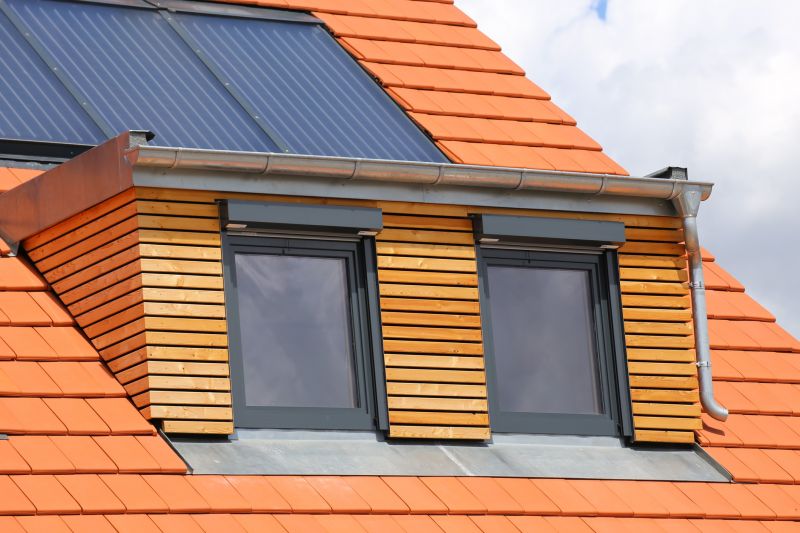
A 60-second routine that keeps Dormer Installations looking new.
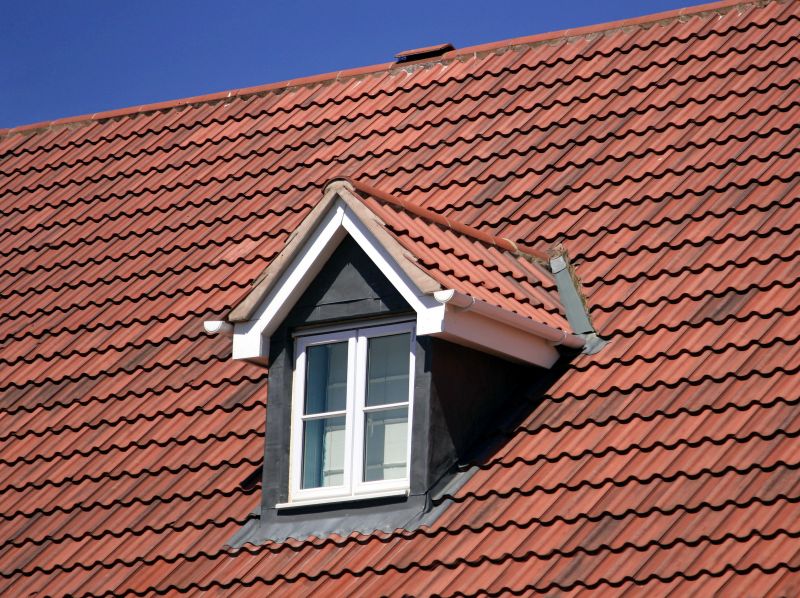
A frequent mistake in Dormer Installations and how to dodge it.
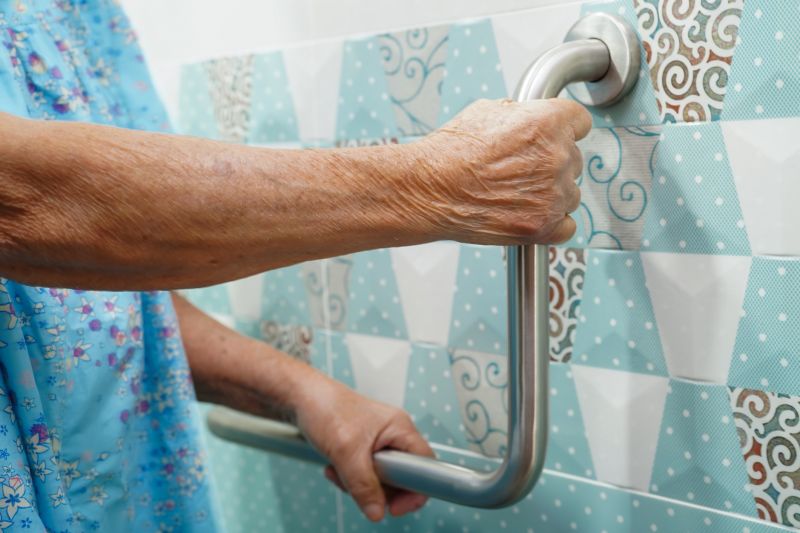
Small tweaks to make Dormer Installations safer and easier to use.
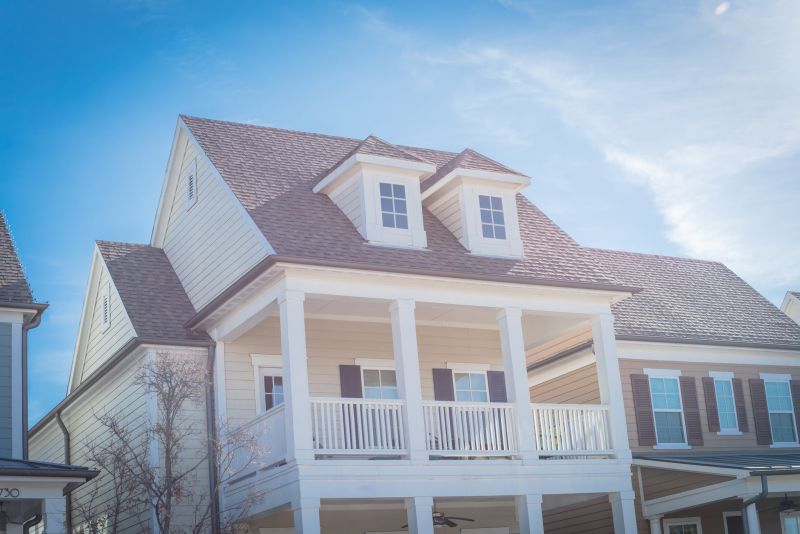
Lower-waste or water-saving choices for Dormer Installations.
| Season | Advantages |
|---|---|
| Spring | Moderate weather, longer days, reduced delays. |
| Summer | Warm, dry conditions, ideal for exterior work. |
| Early Fall | Cooler temperatures, minimal weather disruptions. |
| Late Fall/Winter | Higher risk of weather delays, freezing temperatures. |
| Overall | Timing impacts project quality, schedule, and costs. |
Interested parties are encouraged to contact for further details on scheduling and planning dormer installations. Proper timing can lead to efficient project completion and high-quality results.
